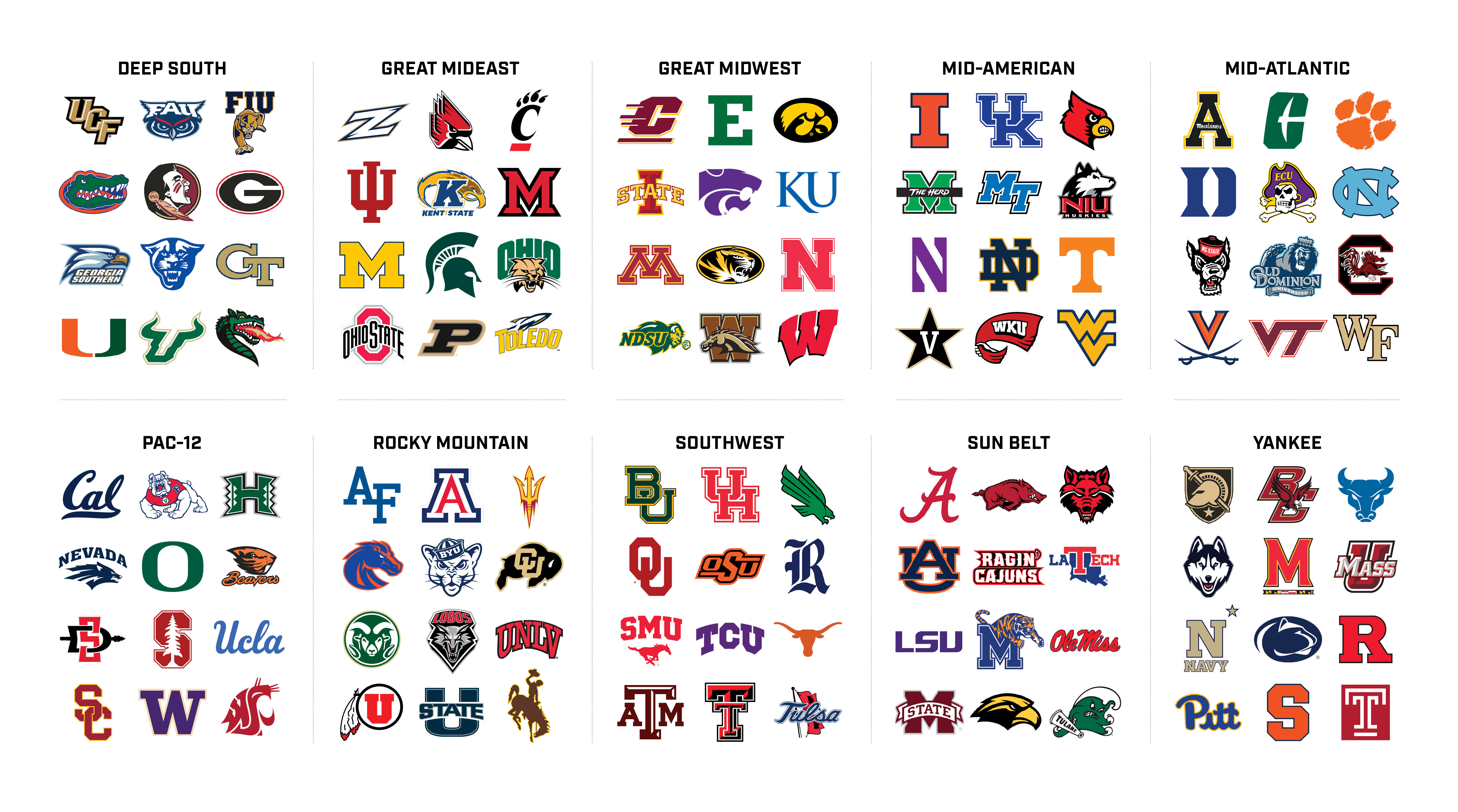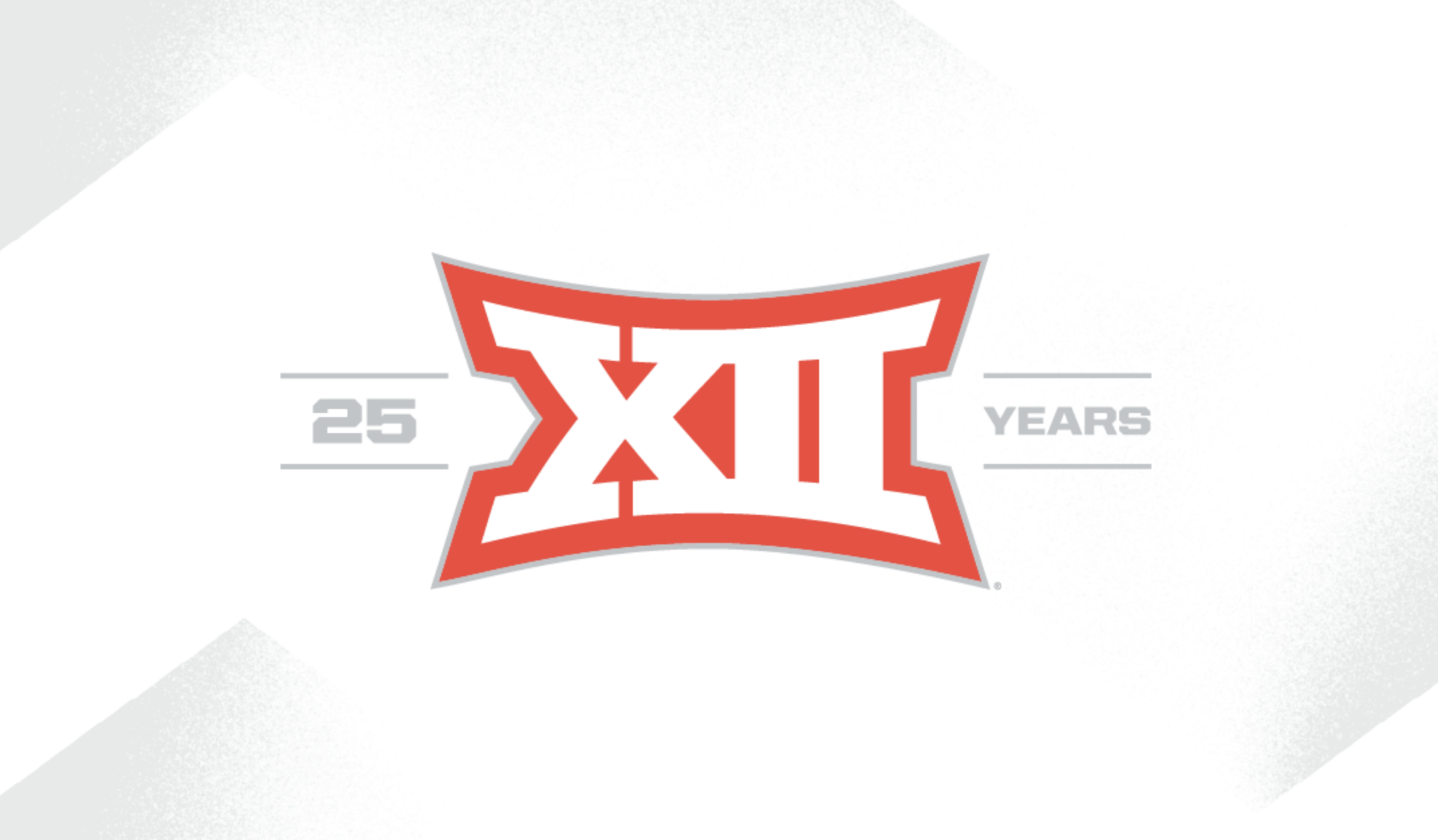
Big ten conference realignment tv#
They currently own 61% of the Big Ten Network, and had an agreement for half of the TV rights in the upcoming deal (which again could change, but seems unlikely). What we do know is that FOX will remain as their primary partner. The new contract begins in 2023, but since it hasn’t been officially finalized yet, there will obviously be some change$ (see what I did?) from whatever framework existed before this announcement. The teams with no obvious rivals, like Penn State, Maryland and Rutgers, could see their three fixed opponents adjusted every few years to give them more variety.Īs for what the Big Ten’s new TV deal will look like, that still remains to be seen. Furthermore, three annual fixed opponents should be enough to preserve nearly every long-standing rivalry game within the conference. It will also ensure some of the current members play each other more frequently, a common complaint with the current divisional format. That way every current Big Ten school would get to see USC/UCLA in their home stadium every four years, and vice-versa.

Each team has three fixed opponents they play each year, then they play 6 of the other 12 one year, and the other 6 the following year, with home-and-away rotating on a yearly or biennial basis. With 16 teams, this could work via a 3-6-6 format. That is, having 2-3 fixed annual opponents for each school, then playing each of the remaining schools every other year. The most sensible solution is to go with what the Big Ten was rumored to be leaning towards before the expansion announcement. The Big Ten would only be costing itself both money and visibility on the national stage by not having its marquee programs play head-to-head as often as possible.

A divisional format does not really allow for that. FOX and any other TV network that ends up with the Big Ten’s television rights starting next year is going to want to see USC playing against Ohio State and Michigan as frequently as possible. Simply slotting USC and UCLA into the West and sliding someone else (likely Purdue) over to the East, while geographically straightforward, would fail to maximize the value that the two new schools, especially USC, bring to the table. It also seems very unlikely that the Big Ten will stick to a divisional format once the new schools join. Now, it would seem likely that the current East/West divisional format will remain through the 2023 season and they will roll out the changes when the conference expands a year later. The Big Ten had already been discussing making significant changes to its football scheduling and divisional format, possibly beginning in 2023. The new members will join in time for the 2024 football season. Going with what I know, have read from reliable sources, and my own gut feeling, here is how I think this impacts both the near term (meaning how things immediately change once USC/UCLA join) and beyond. This move obviously has a tremendous impact on both the present and future of the Big Ten Conference. It was a no-brainer decision for the conferences to welcome four of the biggest brand names in college sports.

Both sets of schools said they were leaving no matter what, and if one of the Power Two (more on that later) didn’t want them, the other one would. In both cases, the departing schools reached out first and indicated they wanted out of a situation they thought was untenable. I think that inaccurately states what happened. I read a lot of commentary that the Big Ten and SEC “poached” these new additions. The Big 12 is in a similar situation as the Pac-12 falling behind the Big Ten and SEC in both revenues and prestige, with no obvious path to close the gap. It mirrored a similar move made a year ago when Texas and Oklahoma announced they would leave the Big 12 for the SEC. This move was both jarring and yet easy to see coming. That’s what happened when it broke late in the morning that USC and UCLA were applying for membership to the Big Ten, and that very evening the Big Ten presidents unanimously voted to admit both schools in August of 2024. In all my years of following and covering the sport, and more specifically conference realignment, I cannot recall an instance where the news dropped that two big-time schools were changing conferences, and then it actually became official, all in a single day. Jwas one of the wildest days in college football history, despite not a single game being played.


 0 kommentar(er)
0 kommentar(er)
